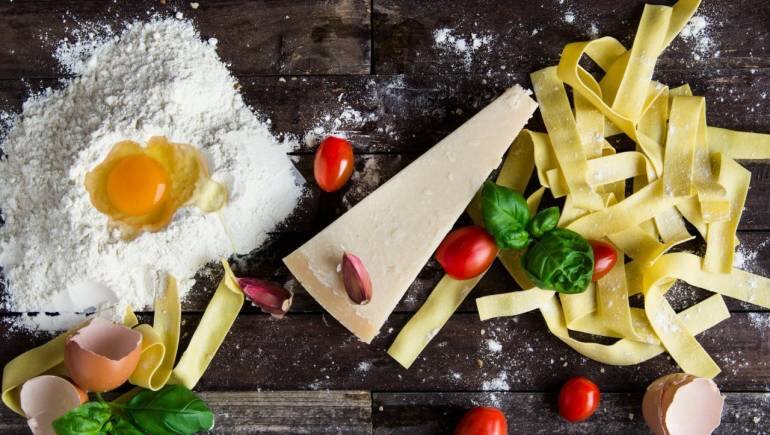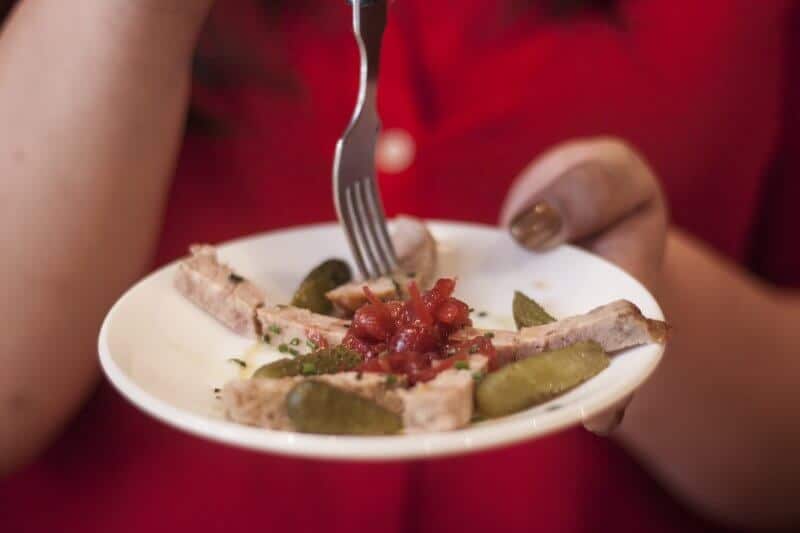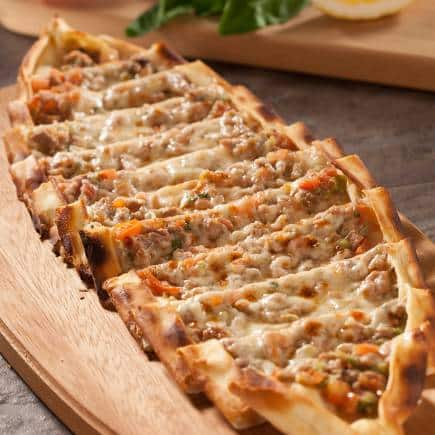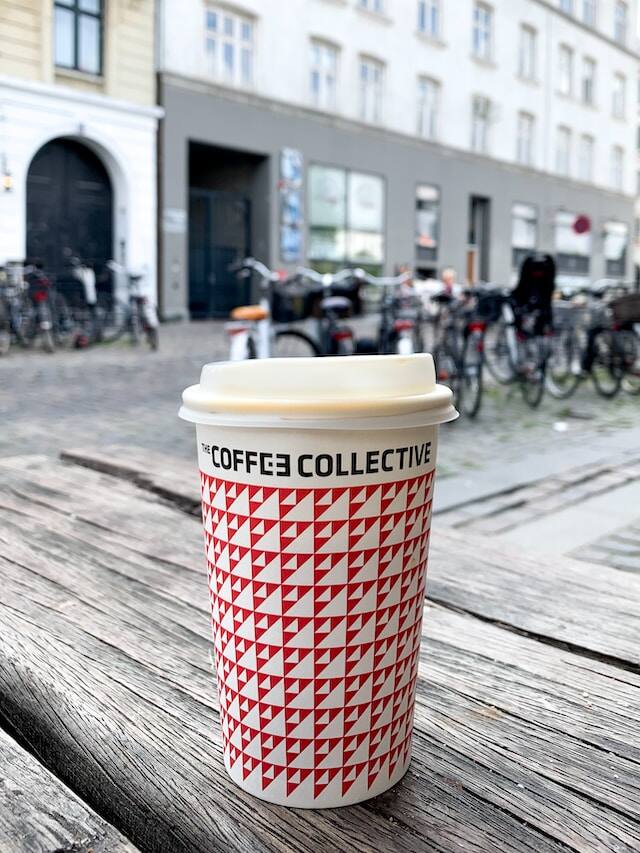A pintxo bar in San Sebastian, Spain. (Photo credit: Sansebastianturismoa.eus)
If your holiday itinerary revolves around your stomach, you’re not alone! For many food and travel lovers, culinary experiences are the key to unlocking the destination’s ethos and learning about its history. Europe is no exception, with its food culture being as diverse as its people. From French pastries to Turkish delight, we’ve handpicked a selection of foodie favourites to feast on your next European trip:
1. Bologna, Italy
 Bologna introduced the world to parmesan cheese and Bolognese sauce. (Photo: Pixabay/Pexels)
Bologna introduced the world to parmesan cheese and Bolognese sauce. (Photo: Pixabay/Pexels)
The northern Italian city of Bologna, considered Italy’s food capital, is undoubtedly one of the best gastronomical cities in Europe. In fact, it has long earned the nickname of ‘La Grassa’, literally translating to ‘The Fat one’, a monicker that the porticoed town carries with pride.
The capital of the Emilia-Romagna region which proudly produces Italy’s world-famous dishes, Bologna introduced the world to parmesan cheese, balsamic vinegar, lasagna, and of course, the legendary, rich and beefy Bolognese sauce that lends itself to the iconic Tagliatelle al Ragù.
Must-haves here include the mortadella di Bologna, a delicate cured pork sausage; lasagne Verdi al Forno, lasagne made with spinach pasta; and Tortellini en Brodo, delicate meat-filled pasta in a flavourful broth.
The city is abuzz with several trattorias, gelaterias, food markets and cozy cafes. To soak in the traditional vibe, sit in the town’s lively Piazza Maggiore, enjoy some prosciutto (Italian ham), and fill your glass with locally-produced Lambrusco wine.
There is plenty to sample from Bologna’s surrounding regions, too: the neighbouring town of Parma is home to the famous Parmigiano Reggiano cheese and parma ham, while the nearby Romagna hills produce different varieties of the popular Sangiovese red wine.
2. San Sebastian, Spain
 Pintxos (Photo credit: sansebastianturismoa.eus)
Pintxos (Photo credit: sansebastianturismoa.eus)
A beautiful coastal resort located in Spain’s Basque County, San Sebastian is known for its pristine beaches and rich cultural heritage, but most of all for its scrumptious cuisine. Numerous Michelin-starred restaurants, thriving local markets, charming pintxos bars and home-grown wines and ciders are just some of the delights that have shaped San Sebastian into a world-famous epicurean destination.
3. Lyon, France
 Lyon has its own signature salad named salade lyonnaise. (Photo credit: secretfoodtours.com/lyon/food-tours-lyon)
Lyon has its own signature salad named salade lyonnaise. (Photo credit: secretfoodtours.com/lyon/food-tours-lyon)
Lyon, the capital of the Rhône-Alpes region, is one of the oldest cities in France, and is often dubbed the birthplace of traditional French cuisine. Being a geographic hub for agricultural produce and enjoying close proximity to the famed wine regions of Beaujolais and Côtes du Rhône, the city has easy access to the freshest ingredients, diverse livestock and the finest wine.
Home to the French classic coq au vin, Lyon also has its own signature salad named salade lyonnaise, and offers endless dining choices to suit all pockets— from earthy street markets or food trucks, to on-trend millennial neo-bistros and Michelin-starred haute-cuisine restaurants.
Welcoming, usually affordable bistros called ‘bouchons’ typically serve the well-known gratinée lyonnaise (onion soup), and meat-heavy classics such as andouillette (pigs' intestine sausages), boudin noir aux pommes (blood sausage with apples), pieds de mouton/veau/couchon (sheep/calf/pig trotters), tablier de sapeur (breaded, fried tripe) and quenelles de brochet (pike dumplings in crayfish sauce).
On the other end of the spectrum, posh Michelin-starred restaurants by late celebrated chef Paul Bocuse and Anthony Bonnet, among others, offer inventive preparations with foie gras, pastries, truffles, codfish and mussels.
While in this charming town, relish classic Lyonnaise dishes such as the cheese speciality Cervelle de canut and the cured pork sausage Rosette de Lyon. If you’re feeling more adventurous, try escargots à la Bourguignonne, snails cooked with a garlic butter and parsley sauce. And if you’re still hungry for more, join a Lyon Food or Wine tour for more insider information on the region’s gourmand offerings.
4. Istanbul, Turkey
 (Photo credit: Visit Istanbul)
(Photo credit: Visit Istanbul)
At the crossroads of Europe and Asia, Turkey’s largest city, Istanbul, boasts a unique culinary scene influenced by Ottoman, Middle Eastern, and Mediterranean flavours. Melding varied influences from around the world to offer a mélange of street treats as well an impressive number of Michelin-starred dining options (53), Istanbul offers an exceptional experience for international gourmands.
Experience the traditional Turkish vibe at hookah cafes and aromatic spice bazaars, and tickle your taste buds with lip-smacking local cuisine, including mezes, meat-based dishes and sweet delicacies.
Mezes are essentially appetizers which can comprise hummus, borek (thin layers of dough stuffed with meat, cheese and vegetables), cacik (cucumber with yogurt, dried mint and olive oil) and the iconic Döner and Adana kebabs.
Popular street delicacies include simit, a sesame seeds-encrusted bread; Balık Ekmek, a fish sandwich; kumpir, a type of buttery baked potato; lahmacun and pide, which can be described as a Turkish pizza.
For the mains, make sure to sample kuzu guvec, a hearty lamb casserole, succulent lamb kebabs and Turkish meatballs known as kofte.
Given Istanbul’s proximity to the Mediterranean, Aegean, and Black Seas, it’s no surprise that fresh seafood here forms one of the most popular culinary choices. Bustling street-side vendors offer mussels (midye dolma) stuffed with seasoned rice and served in their shells, while restaurants near the river Bosphorus specialize in local seafood like anchovies, sea bass and red mullet.
Popular local drinks consist of the tangy pickle juice and sahlep. For something stronger, try Turkey’s national alcoholic spirit—raki, and of course, don’t miss the legendary Turkish coffee and tea. To top it all, indulge your sweet tooth with options ranging from Baklava and Turkish delight, to künefe and dondurma (Turkish ice cream).
5. Copenhagen, Denmark
 Get a coffee at Torvehallerne, Copenhagen. (Photo by Oskar Yildiz via Unsplash)
Get a coffee at Torvehallerne, Copenhagen. (Photo by Oskar Yildiz via Unsplash)
This Scandinavian capital may be best known for its design aesthetics, but it has rapidly risen to earn its position as one of Europe’s top food destinations. With several Michelin-starred restaurants, there is undoubtedly an incredible concentration of culinary talent in the small city of Copenhagen.
2003 was the debut year of the world-renowned (now-shuttered) Noma restaurant, the pioneer of what has since been known as New Nordic Cuisine. The famed restaurant appeared in the 50 Best Restaurants List in 2006, and topped the list four years later in 2010. Copenhagen is now a magnet for young chefs from all over the world looking to discover new skills, and many ex-Noma chefs now head their own establishments in the city, resulting in a wave of new, exciting talent offering artfully prepared gourmet treats.
But this lively city is not just about upscale dining— Copenhagen has something to suit every budget. Local chefs craft affordable innovations with Nordic ingredients and traditional Danish plates such as tartlets (a mix of chicken and veggies) and fish meatballs, apart from authentic global cuisine.
Other unmissable Danish signatures include rød pølse (hot dogs), smørrebrød (open sandwiches), specialty coffee, layered pastries and sourdough breads.
For a more immersive experience, sign up for a foodie tour, visit the popular Torvehallerne food market for an array of decadent treats, and explore the street food scene at Reffen for a fusion of international flavours.